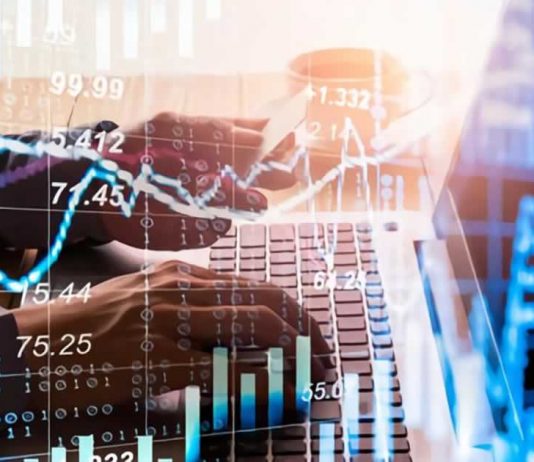The world of forex trading has undergone a major transformation over the last few decades, primarily due to rapid advancements in technology. From the era of telex and fax machines to the current landscape of high-speed global internet and mobile trading platforms, technology has reshaped how traders engage with the market.
It’s never been more popular either, with global forex trading volumes reaching $7.5 trillion a day in late 2022, making it the largest financial asset market in the world. Below, you can explore how technological innovation has made this growing market more accessible, efficient and dynamic.
Contents
Ease of access
Historically the forex market was dominated by institutional traders, with individual investors often kept out by high entry barriers. But the landscape changed with the internet age, which has introduced online trading platforms to democratise market access.
Sophisticated platforms such as Tradu now allow you to trade currencies with little more than a mobile device and internet connection. This shift has increased participation by fostering a more inclusive trading industry.
Real-time information and analysis
In the past, timely access to market data and analytical tools was a luxury reserved for the few. But today, regular traders are inundated with real-time information and sophisticated analytical tools at their fingertips.
Financial news aggregators, economic calendars and advanced charting tools are now standard, enabling traders to make informed decisions quickly. This spread of information has levelled the playing field, allowing novice traders to follow the same sources as the professionals.
Automated trading and algorithms
Another transformative development in forex trading has been the rise of automated trading systems and algorithms. These technologies allow for high-frequency trading and sophisticated algorithmic strategies that outpace human capabilities.
Automated advisors on modern platforms can monitor markets and execute trades based on your predefined criteria. They do this around the clock and without human intervention, helping traders take advantage of more opportunities.
Enhanced security and regulation
The digitalisation of forex has raised concerns over security and market integrity, but advances in cybersecurity and regulatory technology have been pivotal in addressing these challenges.
Today, traders operate on platforms with advanced security measures such as two-factor authentication and SSL encryption, ensuring their investments and personal information are protected. Moreover, continuous monitoring and compliance technologies help maintain a fair and transparent trading environment for all.
Technology has changed the face of forex trading forever. As it continues to evolve, so too will the market, promising a bright future where trading is more accessible, efficient and secure than ever before.


